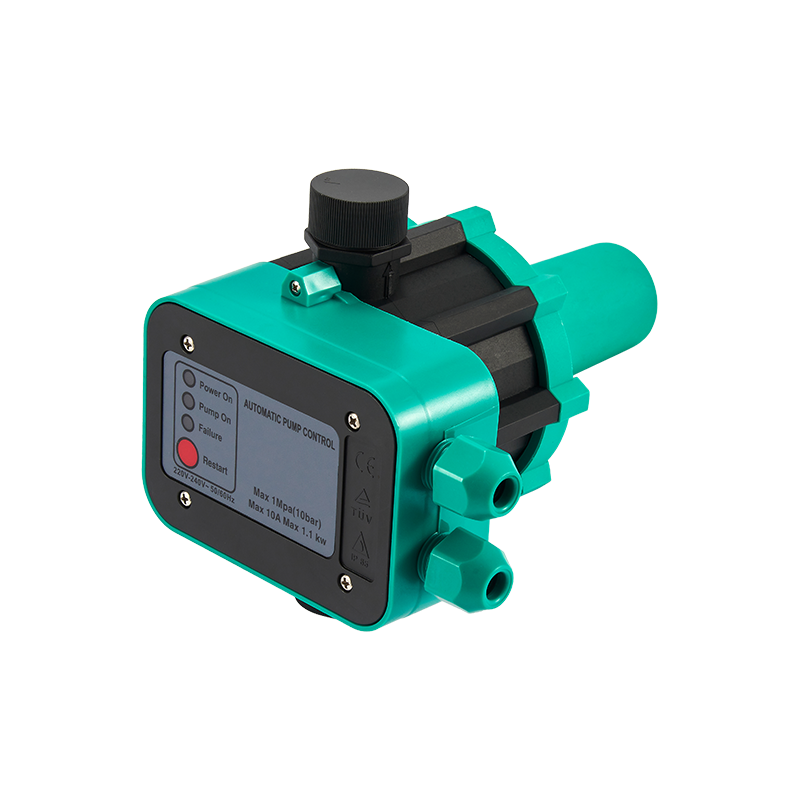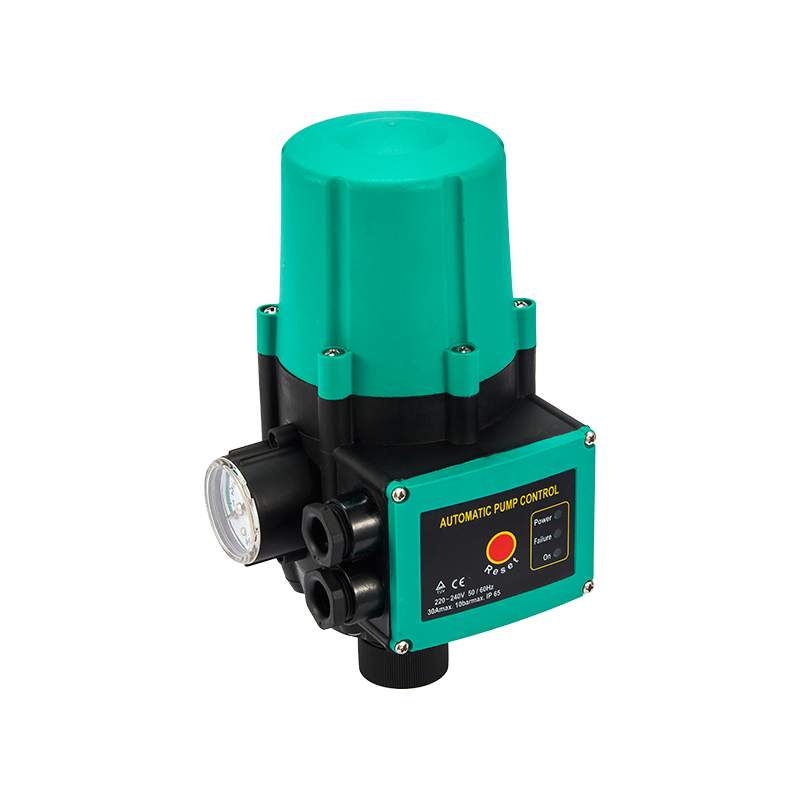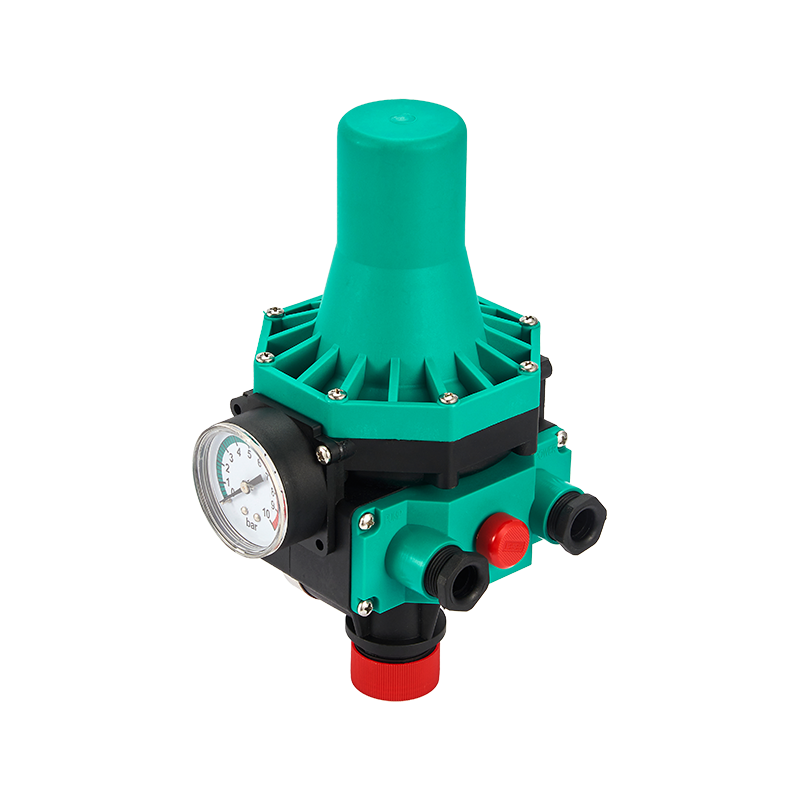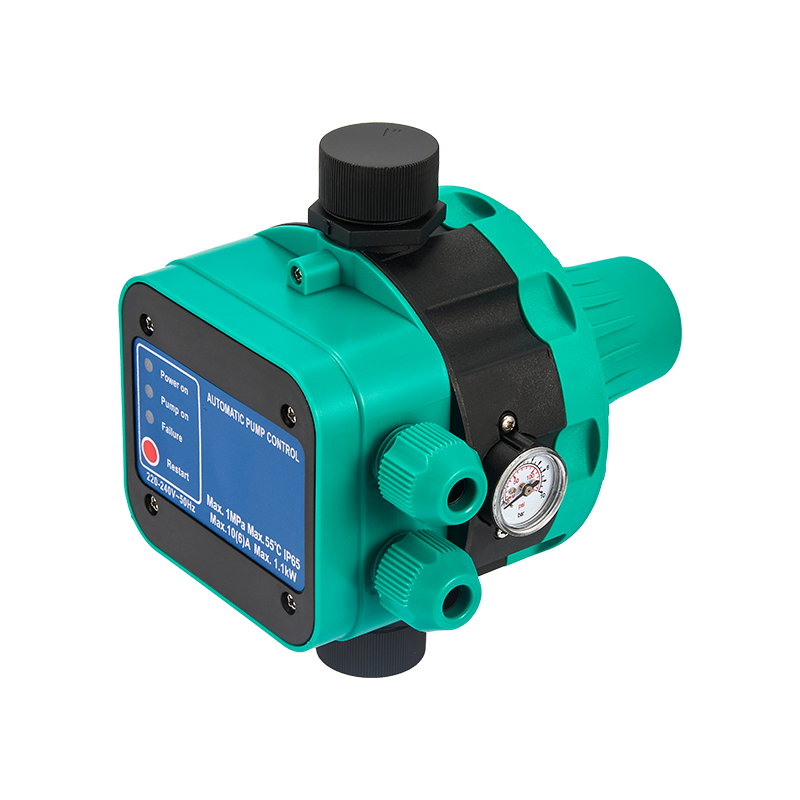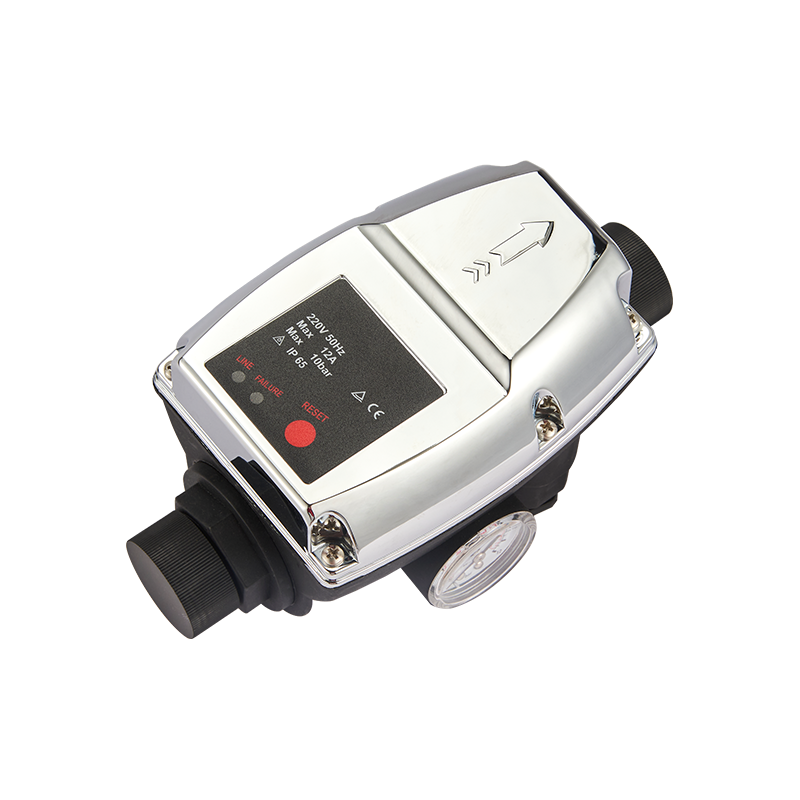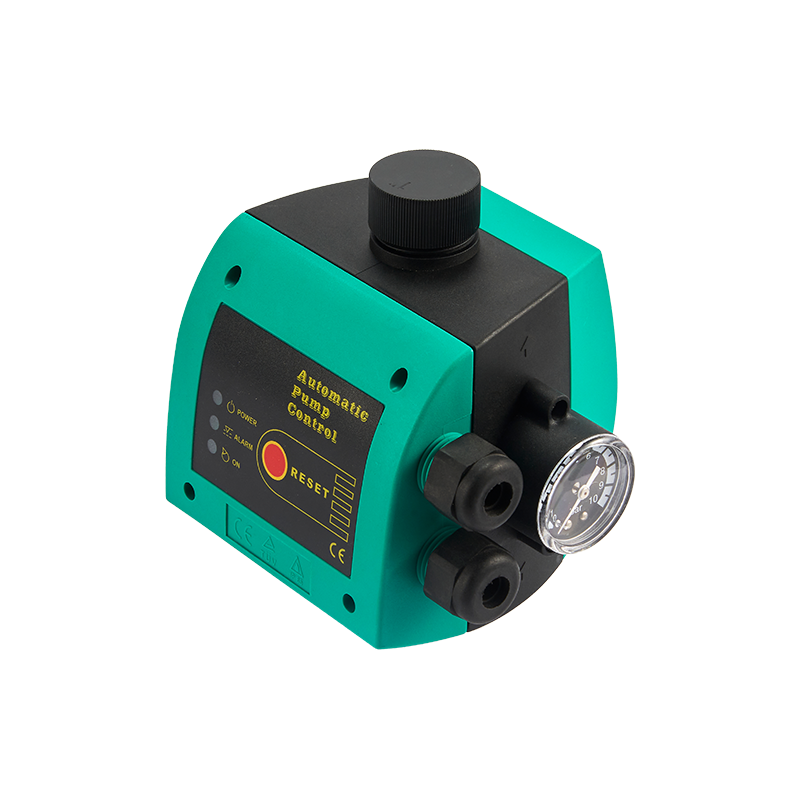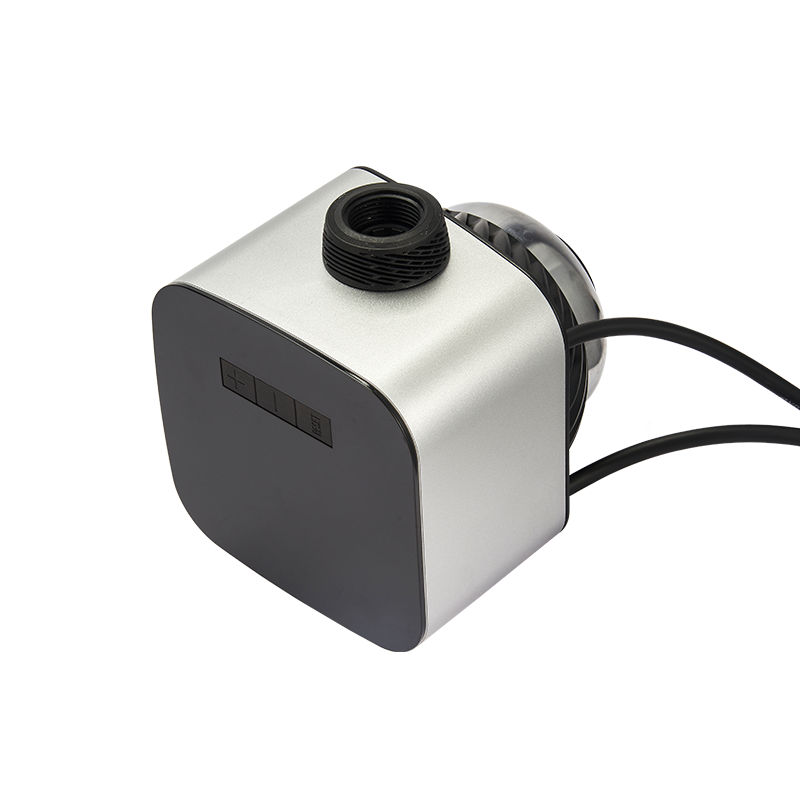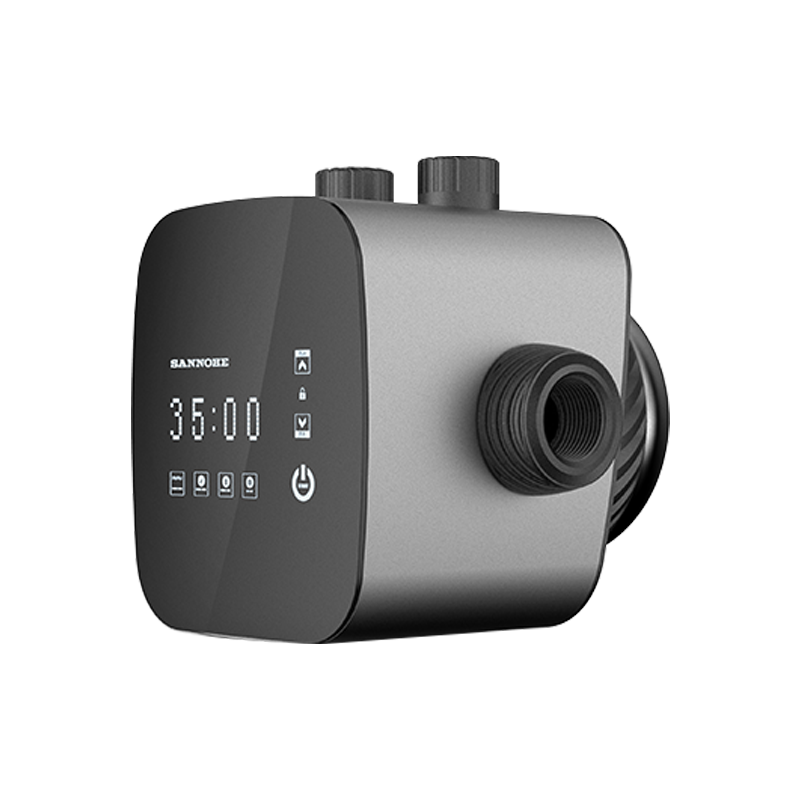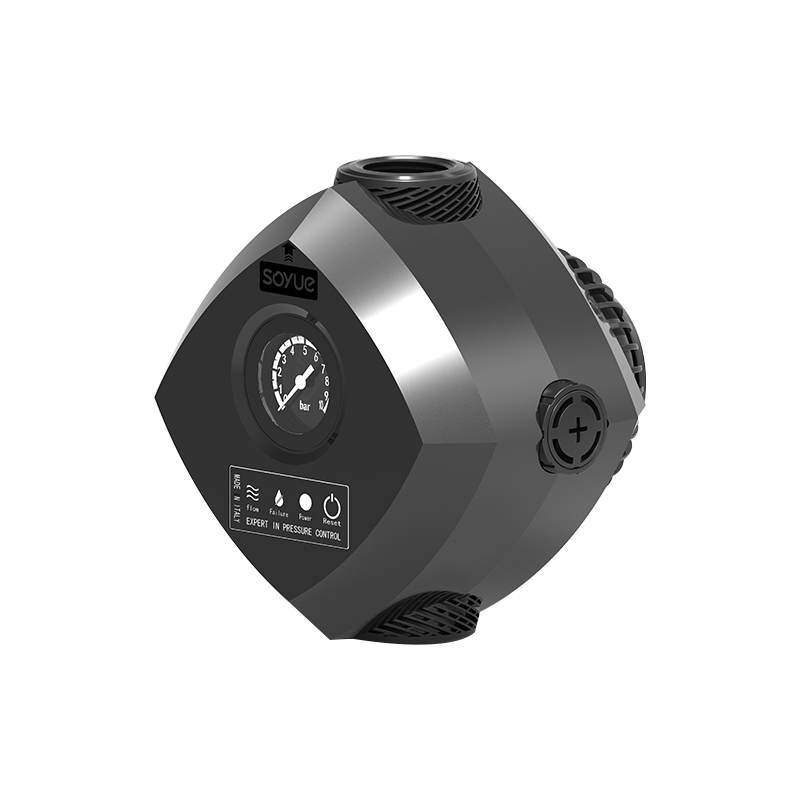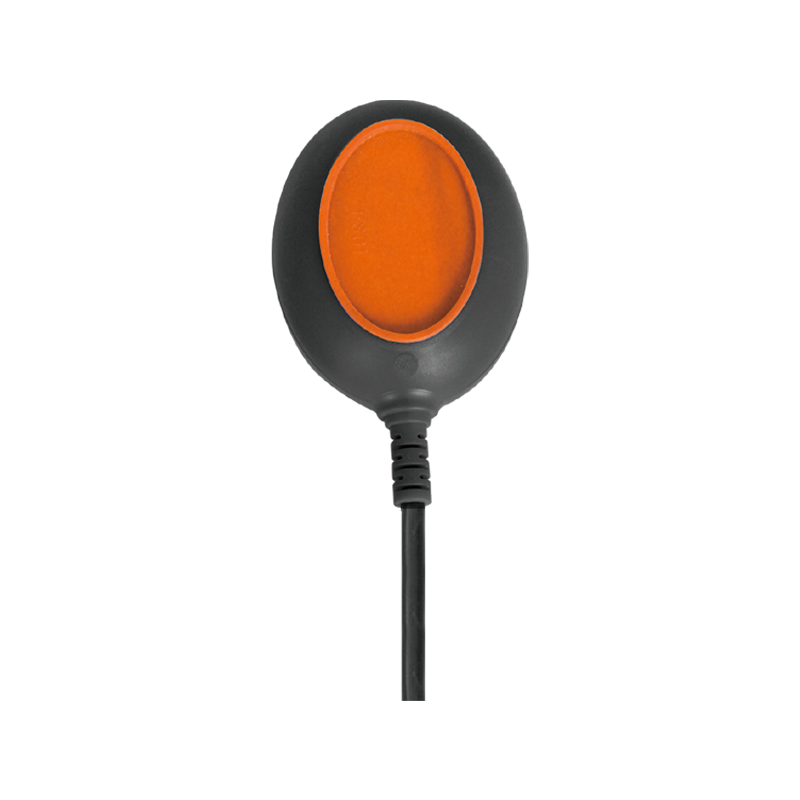1. Introduction
In general sewage treatment plants, water treatment plants and pumping stations, there are water inlets and inlet pumps. In the design of the intake pump, for simplicity and reliability, most of the float level switches are used to control the automatic start and stop of the intake pump. The float level switch is a device that changes its state by the buoyancy of the liquid to achieve the purpose of control. It is connected with a cable, placed above the liquid level, and equipped with a switch inside. When the liquid level reaches or falls to a certain height, the float level switch changes to the original upright or inclined state, and the internal switch state changes with the The change, the signal is transmitted to the control mechanism.
float level switch
2. Control principle of float level switch
A sewage treatment plant has a designed daily processing capacity of 400,000 tons and a maximum of 500,000 tons. It uses 260 kilowatts, with a capacity of 1.32-1.54 cubic meters per second, a lift of 1.32-11.0 meters, and 6 influent pumps (one of which is a standby ). There are 6 float level switches in the sewage pool in front of the water inlet pump, which are divided into two groups, and the signals are sent to the programmable logic controller (a kind of equipment commonly used in the industry that can complete the automatic control function in a certain order, hereinafter referred to as PLC) .
The control process of turning on the pump is as follows:
When the liquid level is lower than the 1# float level switch, a low level alarm signal will be issued;
When the liquid level is higher than the 2# float level switch, open an inlet water pump;
When the liquid level is higher than the 3# float level switch, turn on two inlet pumps;
When the liquid level is higher than the 4# float level switch, open three inlet pumps;
When the liquid level is higher than the 5# float level switch, open four inlet pumps;
When the liquid level is higher than the 6# floating ball liquid level switch, five inlet pumps will be turned on, and a high liquid level alarm signal will be issued.
In order to prevent the inlet water pump from being turned on and off frequently, the sequence of shutting down the pump is as follows:
When the liquid level drops below the 5# float level switch, turn off one inlet water pump (open four);
When the liquid level drops below the 4# float level switch, turn off one inlet water pump (open three);
When the liquid level drops below the 3# float level switch, turn off one inlet water pump (open two);
When the liquid level drops below the 2# float level switch, turn off 1 inlet water pump (turn on 1);
When the liquid level drops below the 1# float level switch, the inlet water pump will be fully shut off and a low level alarm will be issued.
In order to avoid repeated starting of a pump, the pumps will be put into operation in sequence, starting first and then stopping, and then stopping and starting first. When a water pump stops working due to a fault, the other water pump is automatically put into operation.
The possibility of realization
After changing the inlet water pump controlled by the float level switch to an ultrasonic level gauge, no other investment is allowed except adding an ultrasonic level gauge, and there is no need to change the software without any cost, no need to increase this part of the investment, and the monitoring of
Automatic Pump Control Factory the computer is also No effect. After the transformation, it not only reduces the cost of the float level switch, relay, PLC module and multiple cables and the occupation of PLC bytes, but also fully reflects the original design idea, and fully implements the automatic control part that has been abandoned. use. After the automatic control is realized, scientific and reasonable arrangements are made for the start and stop time and number of pumps to avoid human errors and increase the safety, reliability and stability of operation.


